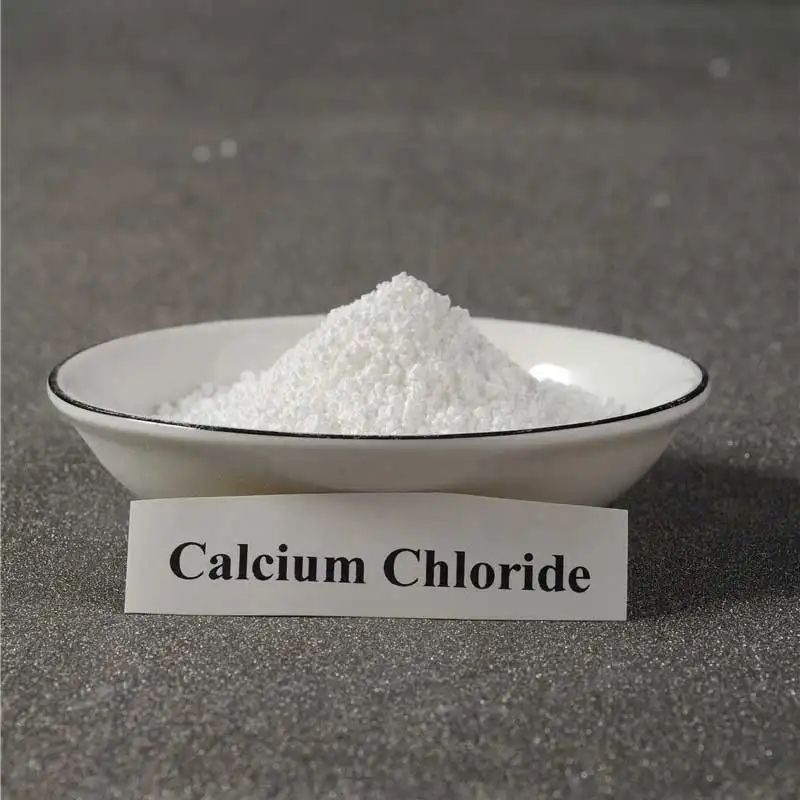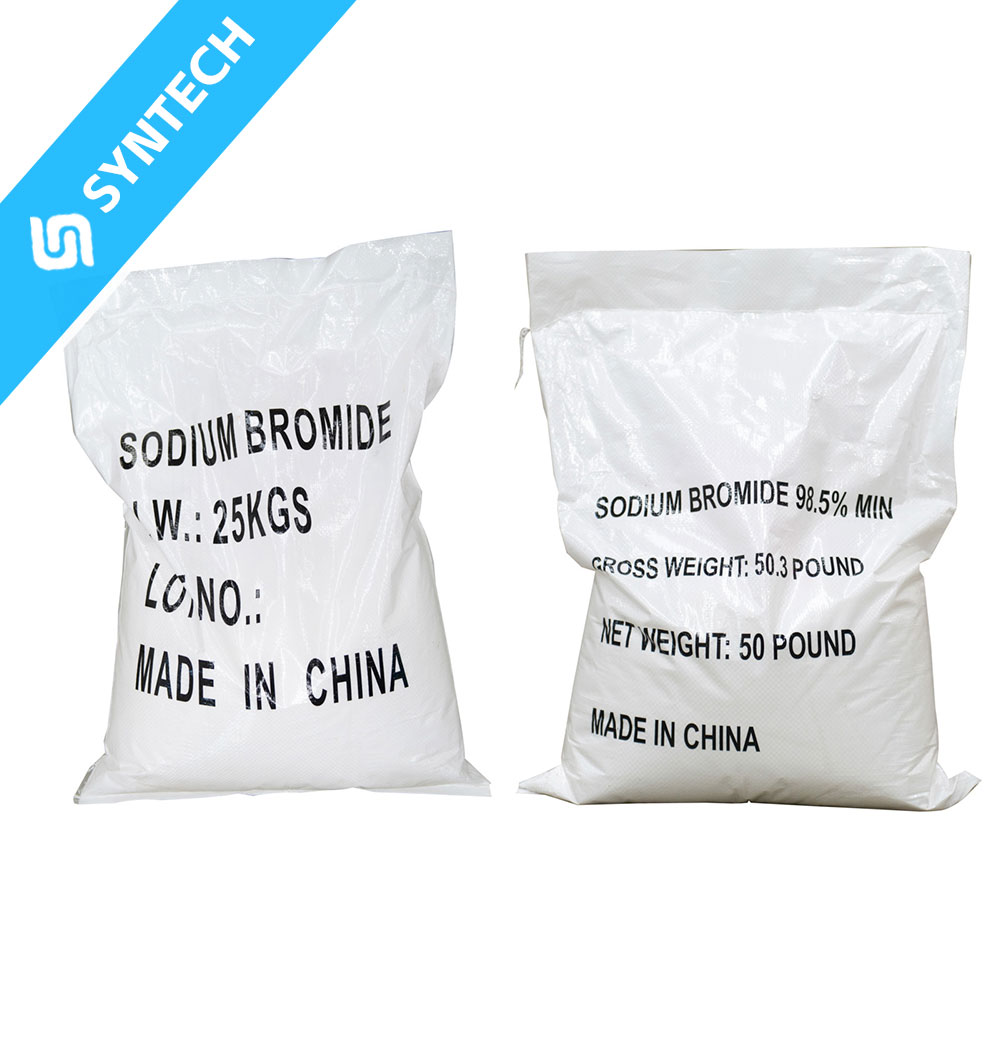Proper storage of SMAS is crucial to maintain its quality, stability, and safety. While it is not classified as a severely hazardous material, specific conditions must be met to prevent degradation and handling issues.
1. For Solid (Powder) Form:
- Container:
- Use sealed, moisture-proof containers such as high-density polyethylene (HDPE) bags with an inner liner, or fiber drums with a plastic pouch.
- Ensure the containers are tightly closed when not in use.
- Environment:
- Cool, Dry, and Well-Ventilated Area: Store in a cool, dry place away from sources of heat, steam, and direct sunlight. The storage area should have good ventilation to prevent any potential dust accumulation.
- Temperature: Ambient room temperature is generally acceptable. While SMAS is thermally stable, consistent high temperatures should be avoided to prevent any potential caking or long-term stability issues.
- Humidity Control: This is critical. SMAS is hygroscopic, meaning it readily absorbs moisture from the air. This can lead to caking (the powder solidifying into hard lumps), making it difficult to handle and dose accurately. High humidity can also potentially initiate hydrolysis over very long periods.
- Incompatibilities:
- Keep away from strong oxidizing agents (e.g., peroxides, chlorates, nitrates). While not highly flammable, organic compounds can react vigorously with strong oxidizers.
- Avoid contact with strong acids, which can cause decomposition.
2. For Solution Form:
- Container:
- Use corrosion-resistant tanks made of materials such as stainless steel (e.g., 304 or 316), fiberglass-reinforced plastic (FRP), or HDPE.
- Ensure tanks are covered to prevent evaporation and contamination from dust or debris.
- Environment:
- Store in a cool place. While solutions are less sensitive to humidity, temperature is still important.
- Freezing Protection: Although SMAS solutions have a lower freezing point than water, very cold temperatures can still cause them to freeze or crystallize. If stored in cold climates, consider insulation or temperature-controlled storage to maintain pumpability and homogeneity.
- Stability:
- Solutions are generally stable for extended periods if stored correctly. However, monitor for:
- Microbial Growth: In some conditions, dilute solutions can support microbial growth, leading to spoilage. This can be mitigated by maintaining a higher concentration or using a biocide if necessary for the application.
- Evaporation: Keep containers sealed to prevent water loss, which can lead to crystallization around the lids or openings.
- Solutions are generally stable for extended periods if stored correctly. However, monitor for:
3. General Requirements for Both Forms:
- Labeling: Clearly label all containers with the product name (Sodium Methallyl Sulfonate), hazard information, and any relevant handling precautions.
- Housekeeping: Practice good housekeeping. Clean up any spilled powder immediately to prevent slip hazards and to avoid the powder from becoming airborne.
- Fire Protection: SMAS is not flammable. However, as a standard precaution, storage areas should be equipped with appropriate firefighting equipment (e.g., water spray, foam, CO₂). Use water spray to cool nearby containers exposed to fire.
- Personal Protective Equipment (PPE): Store the material in a location that encourages safe handling. Ensure personnel have access to appropriate PPE (safety glasses, gloves, and a dust mask for handling powder) when transferring or dispensing the material.
Summary Table: Storage Requirements
| Factor | Solid (Powder) Form Requirement | Solution Form Requirement |
|---|---|---|
| Container | Sealed, moisture-proof (HDPE bags, lined drums) | Corrosion-resistant (SS316, FRP, HDPE tanks), covered |
| Temperature | Cool, ambient | Cool, protect from freezing |
| Humidity | LOW (Critical to prevent caking) | Not applicable (but avoid dilution/contamination) |
| Light | Protect from direct sunlight | Protect from direct sunlight |
| Ventilation | Well-ventilated area | Standard |
| Key Incompatibilities | Strong oxidizers, strong acids | Strong oxidizers, strong acids |
| Main Risk | Moisture absorption, caking, dust generation | Corrosion (if wrong tank), freezing, microbial growth (dilute) |
Consequences of Improper Storage
- Moisture Absorption (Powder): Leads to caking, making the product difficult to handle, weigh, and dissolve, ultimately affecting process efficiency and dosage accuracy.
- Contamination: Exposure to air or using incorrect materials of construction can introduce impurities that may affect performance, especially in sensitive applications like polymerization.
- Corrosion: Storing solutions in non-resistant tanks (e.g., carbon steel) can lead to tank degradation and product contamination with metal ions.
- Handling Difficulties: Spilled powder can create slip hazards and airborne dust, which may cause mild irritation to the eyes, skin, or respiratory tract.
By adhering to these storage requirements, you can ensure the long-term stability, quality, and safe handling of Sodium Methallyl Sulfonate.






